
by BCB Property Management | Jul 9, 2018 | New York City
While the movie industry calls Los Angeles home, there’s no city that’s been better showcased and paid tribute through the big screen than New York. From Times Square to the furthest reaches of the five boroughs, there’s no shortage of fascinating stories to be told about NYC, and filmmakers for over a century have taken advantage of this one-of-a-kind city as the ultimate backdrop. Here are just 5 outstanding examples of great films that helped to define New York City for audiences around the world.
The Naked City (1948)
Every great NYC film captures something about the city that words can’t describe, and the cinematography on display in The Naked City more than any other film does justice to the unique scenery of the Big Apple. This Academy Award-winning film turned 1940s New York into a film noir dreamscape, featuring real people and places shot with a documentarian’s eye. The story of a hard-boiled NYPD detective and a winding story of murder and deception, the film is most memorable for the on-location filming that captured a side of the city few Americans had previously observed.
All About Eve (1950)
The allure of Broadway is something that’s drawn hearts and minds to New York for decades, and no film inhabits that world quite like this story of Bette Davis as a star of the stage fighting to stay on top. As Margo Channing, she’s the toast of the city, but her place in the world is thrown into disarray when an ambitious young fan inserts herself into her life, ultimately attempting to snatch away her crown. Outside of the interpersonal drama, this movie uses the setting of the Theater District to full effect, showing that the bright lights don’t always illuminate the whole story. A tale of intrigue, yearning and competition, it couldn’t have happened anywhere but New York City.
The Warriors (1979)
This gangland exploitation flick contains equal parts grit and kitsch, capturing a long-gone New York City that many old-time residents were glad to see gone. The Warriors takes viewers on a treacherous subway ride from the Bronx to Coney Island, through the eyes of a tough but overmatched street gang eager to reclaim their home turf and clear their names after being wrongfully accused of a murder. They encounter an array of colorful but dangerous characters along the way, and the late-70s NYC locations mean much of the grime onscreen is the real thing. While most of us may not find ourselves caught up in the world of street violence, any New Yorker who’s taken a way-too-long subway ride can at least partially identify with the travails of the Warriors.
Ghostbusters (1984)
Even the toughest New Yorker needs a laugh sometimes. While many movies showcasing the city choose to focus on dramatic realism, sometimes NYC can be the perfect backdrop for a battle between a few average joes and the forces of galactic evil. In this laugh-a-minute ghost story from the mid-80s, there are only four men protecting the citizens of New York from a full-on paranormal invasion: the self-appointed Ghostbusters. From real locations like the Columbia University campus and the New York Public Library, to a confrontation with an interdimensional supervillain on the roof of 55 Central Park West, the Ghostbusters could have only come from one place. In a city where you never know what’s around the corner, we can all be thankful that these four are keeping us safe from paranormal dangers.
Paris is Burning (1991)
New York is a city of many subcultures: small movements bubbling beneath the surface that eventually grow to something no American can ignore. Back when this documentary was filmed in concert halls around Times Square and Harlem, LGBT rights weren’t on even most progressive citizens’ radar, and the ballroom culture featured in Paris Is Burning, a lifeline for many, was an obscurity to most. The film reveals a stunningly colorful world, where drag balls populated by mostly nonwhite gay performers and audiences were an underground phenomenon that would soon reach mainstream America. With Madonna copying their dance moves within a few years, and RuPaul’s Drag Race now in living rooms nationwide, this film captivatingly showcases the nascent stages of one of the most fascinating cultural movements that couldn’t have started anywhere but New York City.
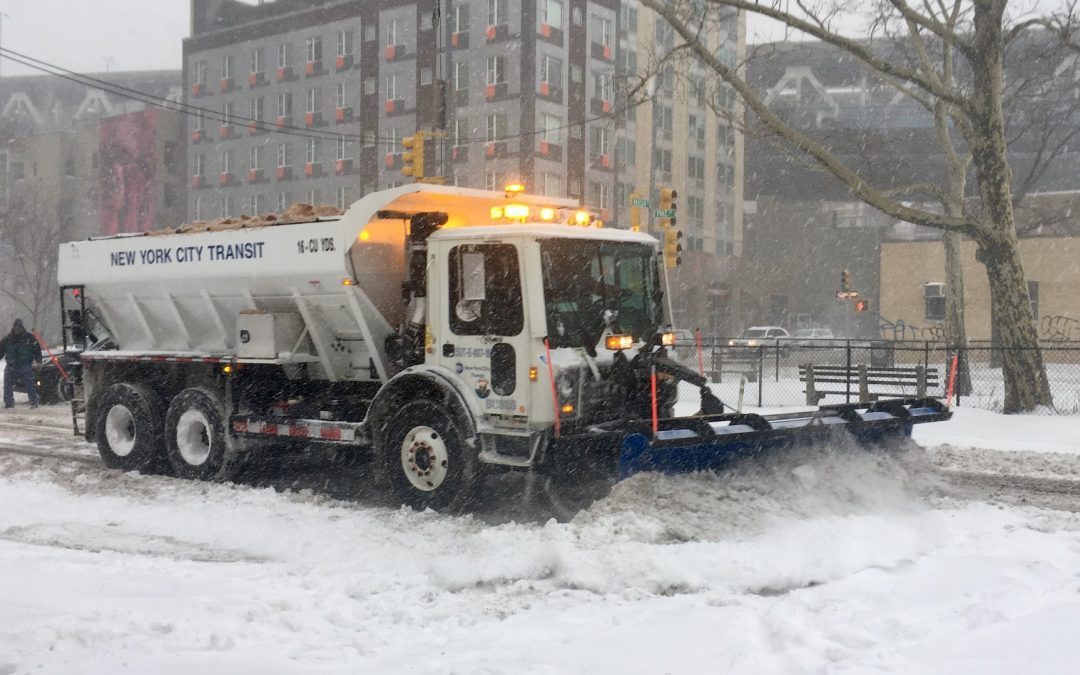
by BCB Property Management | May 2, 2018 | New York City
This winter’s weather has been memorable to say the least, but where does it fit historically? If you think 2017-18 was especially brutal, you’re right, but you might be surprised at how it stacks up against previous NYC winters.
While it may have felt like the cold temperatures were the definition of extreme, the 2017-18 season didn’t break any records. Average monthly record lows continue to stand at 14 degrees for November (1955), 0 degrees for December (1989), -4 degrees for January (1994), -3 degrees in February (1979) and 5 degrees for March (1981). But averages don’t provide us with the jaw-dropping figures we really want: the lowest temperatures ever recorded. Somewhat disappointingly, however, even within this context, 2018 didn’t break any records. NYC’s lowest ever recorded temperature is -15, which happened on February 9th, 1934. This winter didn’t register any frigid days that broke the top ten coldest days ever ranking.
Snow was a slightly different story, although none of this past winter’s storms were the largest ever. Still, 2017-18 was the fifth consecutive season that at least 30 inches of snow have fallen in NYC (the average snowfall per season since 1869 has been 28.8 inches). The only other time it snowed this much for five consecutive years was back in the 1880s.
This year, we also managed to beat per month snowfall averages in January, March and April. And, we’ve had 40.9 inches of snow in total, making it the 32nd-most snowiest season in the past 149 seasons, which is as long as we’ve kept track. NYC’s record for snow in a single winter is 75.6 inches, set in the 1995-96 season. Our record for snow in a single month is 36.9 inches, set in February 2010.
The biggest snowstorm on record to ever hit NYC occurred on February 11, 2006, when it snowed 26.9 inches in two days. 2016’s January 22-24 storm ranks just .1 inches behind at 26.8 inches. Other historic snowstorms occurred in December 1947, March 1888 and February 2010.
This winter NYC did manage to break one notable record, although it wasn’t for the cold. On February 21st, the city hit 78 degrees, breaking the previous record for that day, which had been 68 degrees set back in 1930. It was the warmest February temperature ever recorded in Central Park, breaking an 88-year record; the previous all-time high had been 75 degrees.
So, no, it wasn’t your imagination: it snowed A LOT this winter. And this year was part of the aforementioned snowier-than-usual trend that we’ve seen for the past five years. But as much as it might’ve felt like it was the coldest, fiercest, snowiest winter on record when our toes were going numb during our daily commutes, it wasn’t the worst we’ve seen. Not even close.
Looking for something to do now that the winter is (hopefully) over? There are still a couple of our Spring Events yet do go down, and the warm weather is always a good reason to check out one of NYC’s impressive (and free) parks for a productive springtime workout!
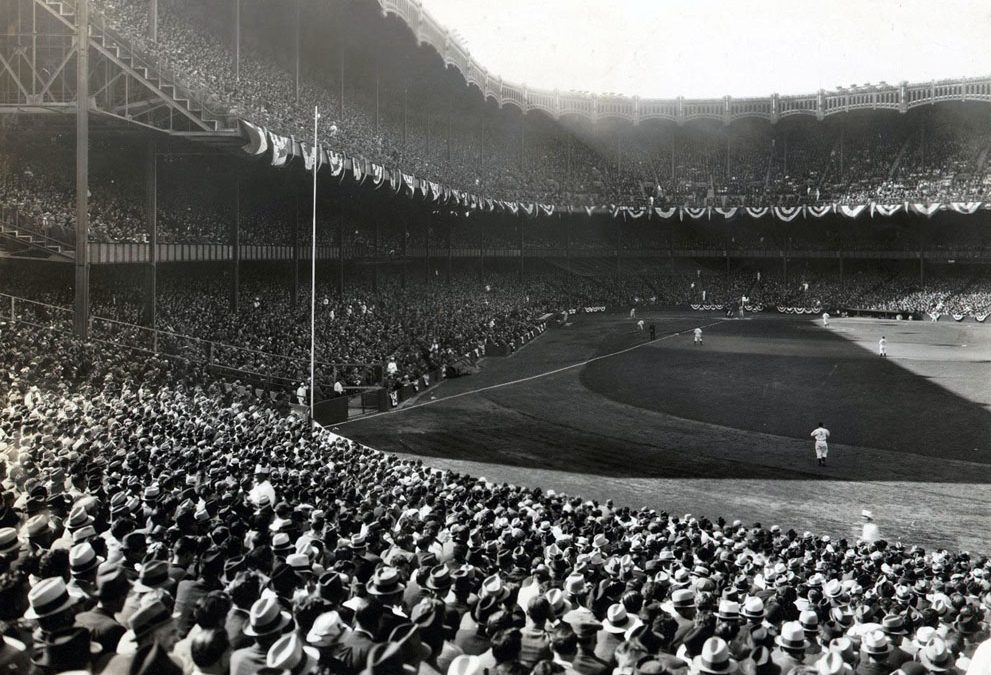
by BCB Property Management | Apr 3, 2018 | History, New York City
Springtime means baseball season is in full swing (among other things), so fans can settle in for another summer of hardball action in all corners of New York City. Whether at Yankee Stadium, Citi Field, or one of the hundreds of sandlots and park diamonds around the five boroughs, New Yorkers can’t get enough of America’s Pastime. With a rich history spanning the very earliest recorded games to the present day, New York has been the site of some of the most thrilling and memorable happenings in the major leagues. Read on for our list of the 5 biggest baseball moments in NYC history.
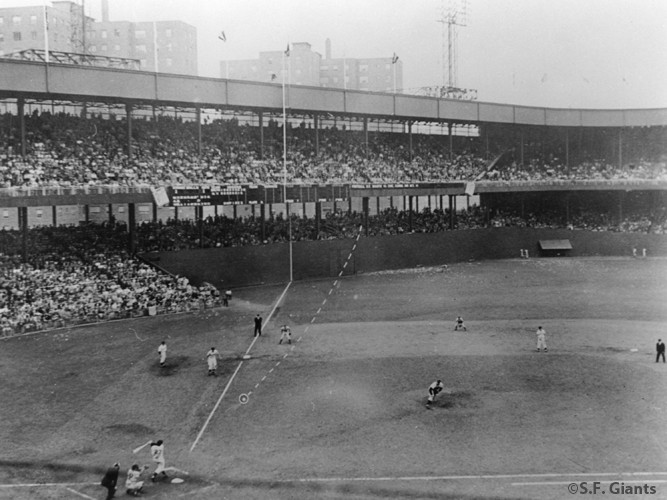
source: mlb.com
The Shot Heard ‘Round the World
Before they packed up for the West Coast, the Brooklyn Dodgers and New York Giants continually gave National League fans all the entertainment they could hope for–without having to trek to Broadway (or the Bronx). The Polo Grounds in Harlem, the Giants’ home turf, was the site of this rivalry’s most unforgettable moment. With the 1951 League Pennant (the big prize in those days) on the line, this final game of the season came down to the most famous home run in history, as Bobby Thomson crushed Ralph Branca’s pitch down the short left field line, cementing the Giants’ snatching victory away from the then-dominant Dodgers.
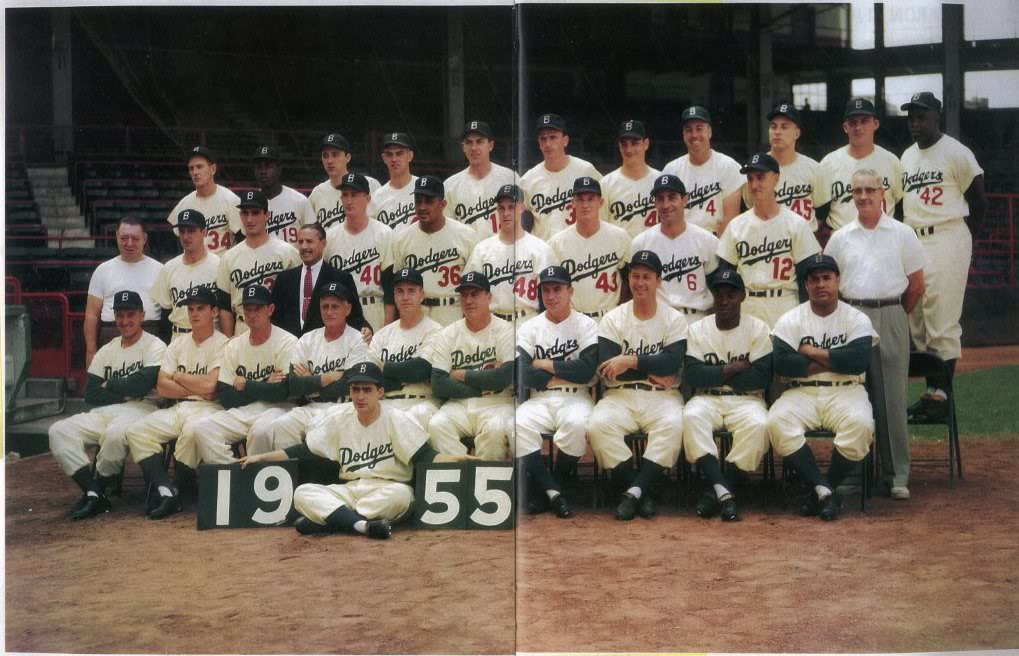
source: 90feetofperfection.com
Bums No More
Brooklyn’s Dodgers may have been perennial National League champs, but when it came to the subsequent World Series against the American League’s number one, the Yankees had their number. The Bronx Bombers beat out Brooklyn’s “Bums” in 1941, ‘47, ‘49, ‘52 and ‘53, leading many an Ebbets Field regular to wonder if they’d ever bring the trophy home to 55 Sullivan Place in the neighborhood of Flatbush. Appropriately enough, it was 1955 when manager Walter Alston, star second baseman Jackie Robinson, and the rest of the Dodger squad finally toppled the Yanks in 7 hard-fought games to attain the crowning achievement: a World Series championship for Brooklyn.
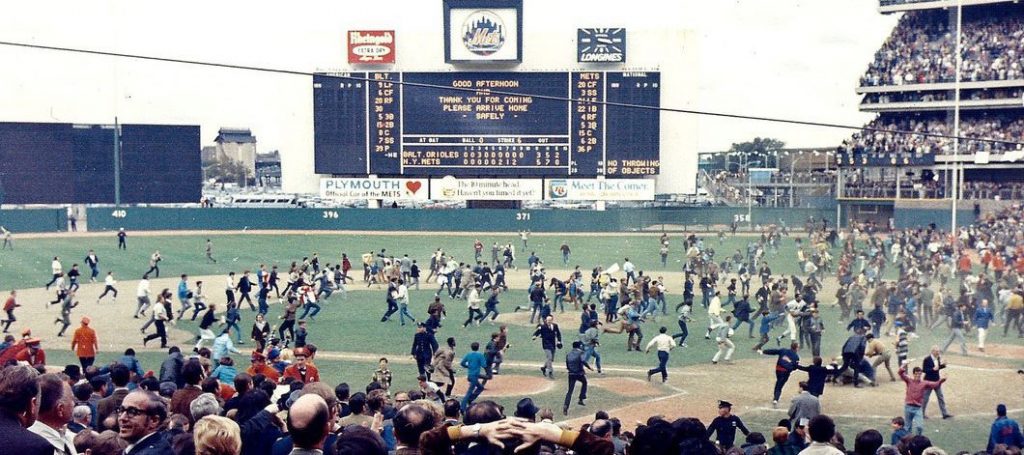
source: philipkossoy11.snack.ws
A Miracle in Flushing
Once the Giants and Dodgers fled for California, National League fans didn’t have to wait too long before a new squad popped up to rival the AL’s Yankees. Unfortunately, what they got (initially) was a series of disappointments. The expansion-team Mets set a new standard for hopelessness, losing an MLB record 120 games in their 1962 debut season. By 1969, the Flushing, Queens-based team had shockingly turned things around, culminating in a thrilling Fall Classic showdown with the Baltimore Orioles. Led by Hall of Fame pitcher Tom Seaver, the newly nicknamed “Miracle Mets” pulled off one of the greatest upsets in World Series history over the previously dominant Orioles, winning the Series in 5 unforgettable games.

source: si.com
Mr. October Goes Deep
After a (relatively) long championship drought, the Bronx was itching for a winner. Fiery manager Billy Martin and star outfielder Reggie Jackson had brought plenty of drama to NYC’s tabloid back pages, but it was in 1977 that this pairing finally paid off with a championship win for the pinstriped Yankees. The Los Angeles Dodgers gave them all they had, but it wasn’t enough to overcome Jackson’s legendary Game 6 breakout. His three home runs in the game are still a World Series record and an undeniable feat in baseball history that has yet to be matched.
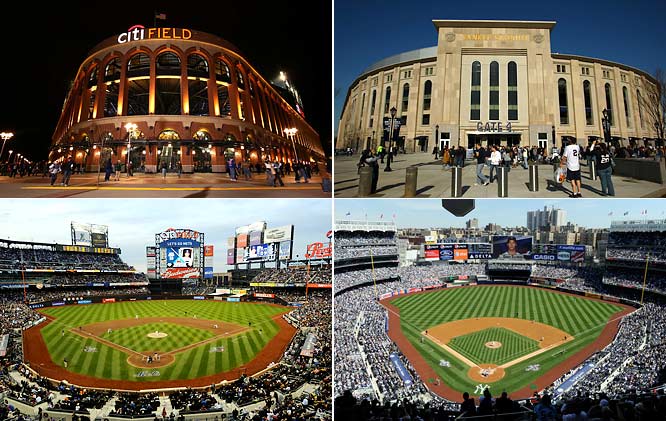
source: macaulay.cuny.edu
Two New Cathedrals
In a city that sees new and spectacular structures built on a seemingly daily basis, it may have been a little surprising that no major sports facility had gone up in New York since the current Madison Square Garden opened in 1968. By 2009, it was time for NYC to get a double dose of modernity, as the new Yankee Stadium and the Mets’ Citi Field both opened their doors for the first time. Replacing the House that Ruth Built and lovable Shea Stadium in fan’s hearts would take some time, but if any group can handle change, it’s the loyal baseball fans of New York City. Less than a decade later, each building is solidly home for each franchise, having hosted a World Series apiece with many more sure to come.
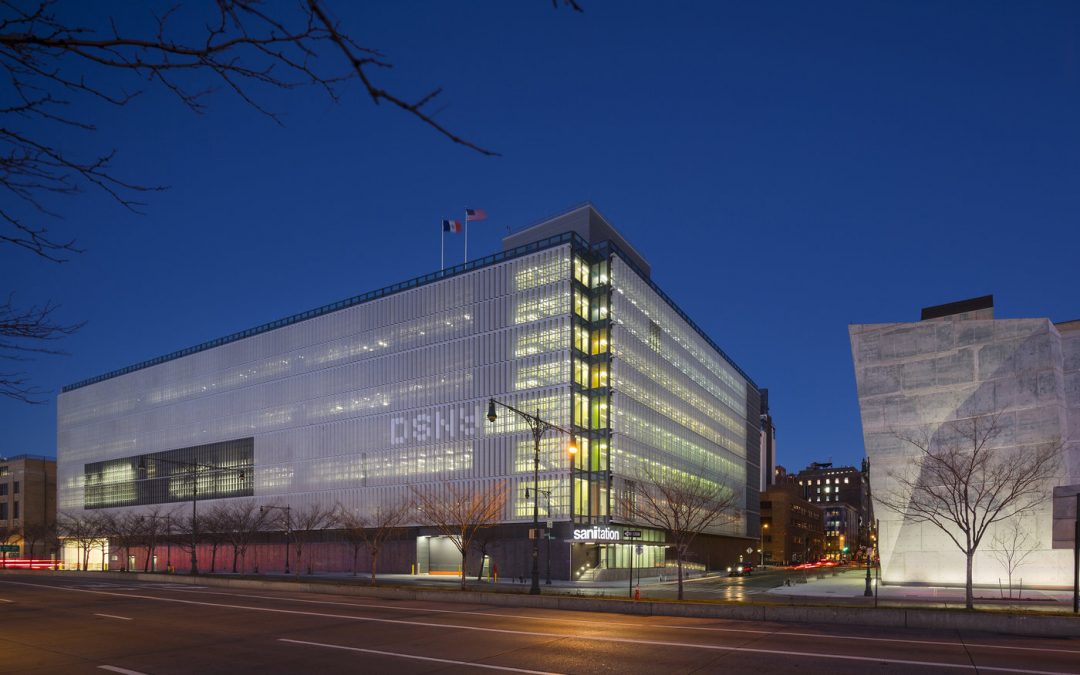
by BCB Property Management | Mar 1, 2018 | New York City
Sometimes the greatness of a city can be measured by what we don’t see rather than what we do. The infrastructure of the biggest cities often entail fascinating worlds of their own, hidden completely out of sight for everyday citizens. It might not be something most of us think about often, but NYC generates garbage and waste on a nearly unimaginable scale, requiring a force of nearly 10,000 to take care of everything busy New Yorkers leave behind. Known as NYC’s Strongest, the Department of Sanitation (DSNY) is responsible for the estimated 12,000 tons of refuse and recyclables that New York discards every day. Here are 5 fascinating facts about one of the city’s grittiest and most essential agencies.
They Took Over a City Besieged by Trash
Before modern sanitation systems, the city’s streets and waterways were New Yorkers’ sole repository for garbage and waste. This means, yes, that the sidewalks (especially in poorer areas like Manhattan’s Lower East Side) were piled high with unthinkably unsanitary messes. The existing Street Cleaning Bureau was dreadfully inadequate, and a new streamlined Department of Street Cleaning was established in 1881. The current name was applied in 1929.
Their Giant Salt Crystal Houses the City’s Supply
At the western end of Canal Street, adjacent to the West Side Highway, sits one of the city’s most visually remarkable buildings. With no windows, you might guess this 70 foot high jagged, ultra-modern building was an art gallery or cutting-edge condominium rather than a municipal storage facility, but the Spring Street Salt Shed is the rare utilitarian building with high-art aesthetics. This unmistakable structure, completed in 2015, was designed specially to house the 5,000+ tons of salt the city keeps on hand for dispersal when snow strikes.
They’re Not Alone in Fighting Garbage Growth
While the Sanitation Department’s (mostly) white trucks are ever present in the city, it may surprise the uninitiated to know that they don’t collect nearly all of the waste created here. In fact, the Department’s collections are limited to private homes and buildings. 248 private collection companies supplement the work done by the DSNY by picking up the garbage created by private businesses from office skyscrapers to mom-and-pop bodegas.
They’ve Inspired Top Designers
It might sound like someone’s idea of a joke, but the world of haute couture is no stranger to the Strongest’s fashion sense. In 2016, designer Heron Preston introduced a line inspired by Sanitation workers’ uniforms just in time for New York Fashion Week. Eager trend-hoppers lined up around the block for Preston’s unique rollout at the Spring Street Salt Shed, with entertainment provided by the DSNY Pipe and Drum Band.
They’re Unlikely to Remain Underappreciated for Long
The ranks of the Sanitation Department aren’t strictly comprised of office workers and trash haulers. Since 2006, NYU Anthropology and Environmental Studies professor Robin Nagle has served as the agency’s official anthropologist, an unpaid position dedicated to studying the impact and future of refuse collection. Her work includes performing research on the waste-management ecosystem and acting as custodian of DSNY’s culture, with an Oral History and Museum of Sanitation in the works. Soon enough, thanks to Nagle’s work, the Department of Sanitation will have the citywide recognition it so richly deserves.
by BCB Property Management | Jan 16, 2018 | Neighborhoods, New York City
As a center of culture, it should come as no surprise that some major literary names have called New York City home. From natives to visitors, there are plenty of different kinds of NYC authors throughout history, and many neighborhoods make up a vital part of their histories. These are just four of the many acclaimed writers who inhabited some of New York’s most beloved neighborhoods.
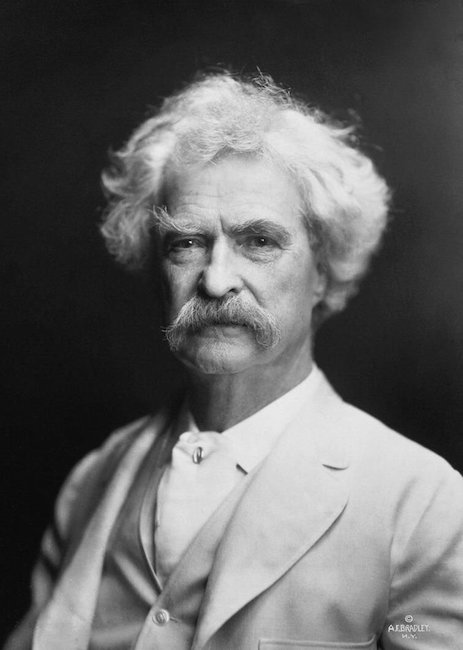
Mark Twain
From the Mississippi River to Salt Lake City, there’s almost no corner of this country that the famed writer and humorist didn’t at least visit during his 74 years on Earth. His first visit to NYC at age 17 sparked a lifelong love of the Big Apple, and later in life, Twain lived in different addresses across the city: in the West Village, Gramercy, and even Riverdale in the Bronx, overlooking the Hudson River.
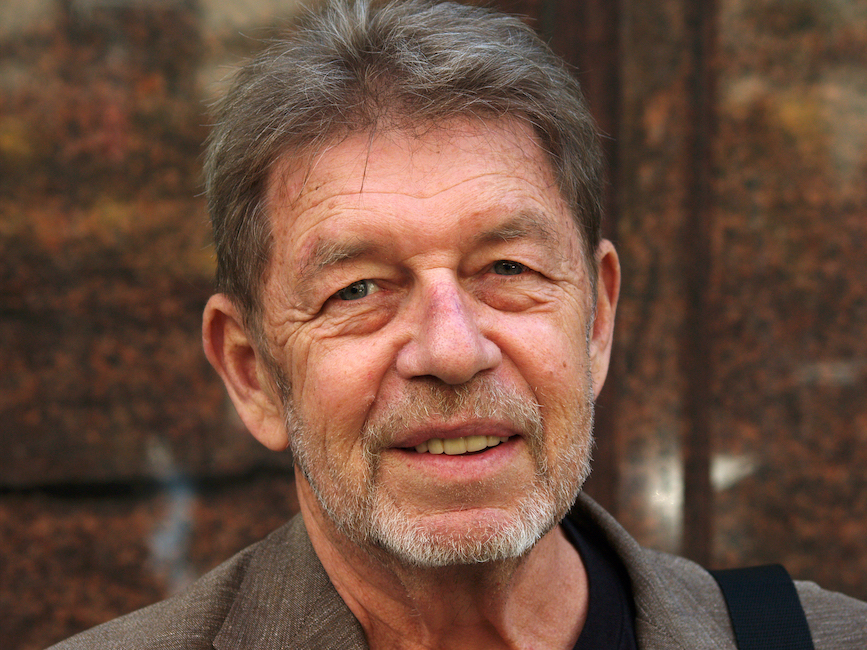
Pete Hamill
For a certain generation, the story of New York City is found in the words of this Park Slope-born author, whose memoir A Drinking Life recalls his youth and misspent adulthood in Brooklyn during the 50s and 60s. Hamill, whose brother Denis is a regular columnist for the Daily News, cut his teeth in regional papers like the News, the defunct New York Herald Tribune, the New York Post, Village Voice, and Newsday. He now calls Prospect Heights home.
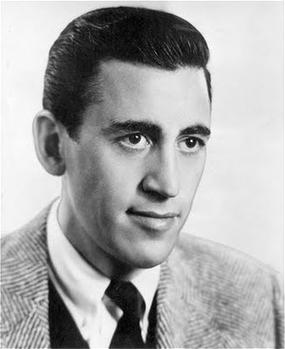
J.D. Salinger
This Catcher in the Rye author was famously reclusive, so it’s no wonder his time on the Upper East Side was somewhat brief. Salinger rented an apartment at 300 East 57th Street right after Catcher was published, and stayed in his sparsely furnished pad for only a year before he moved to obscurity in New Hampshire. He would remain there until his death in 2010, never seeing the city again.
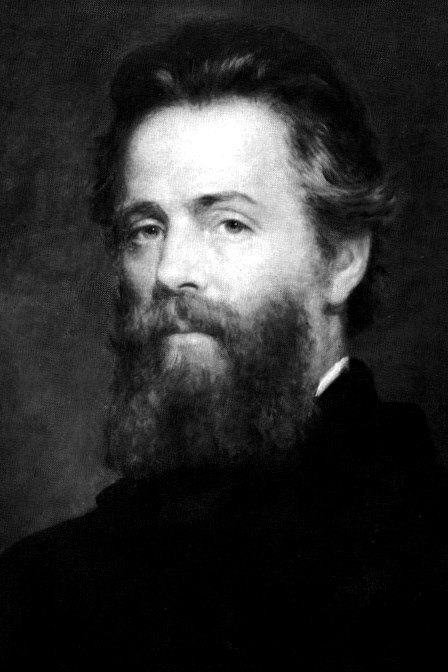
Herman Melville
The Moby Dick and Billy Budd author fed his nautical passions on merchant ships out of New York Harbor in the early to mid 1800s. Born into wealth in Lower Manhattan, his family suffered during recessions and Herman was forced to find work as a crewman, giving him the inspiration to write his beloved masterpiece in 1851. Unappreciated in his time, Melville died in his borough of birth in 1891 and was buried in the Bronx.













